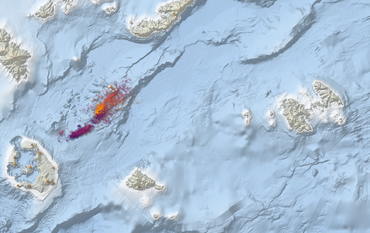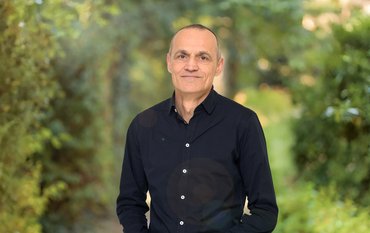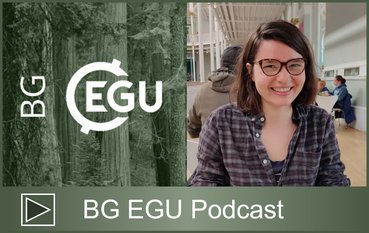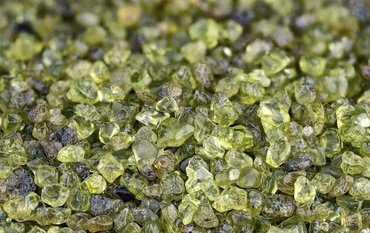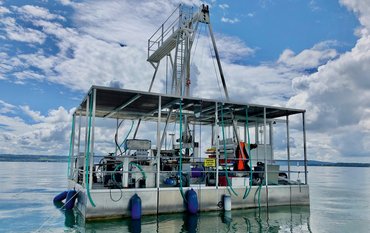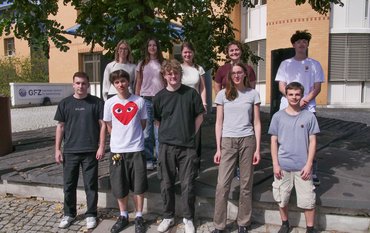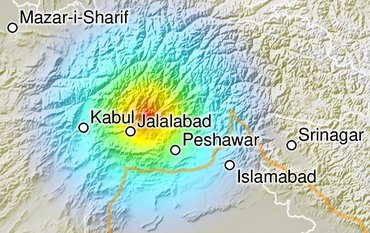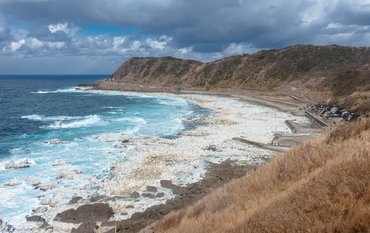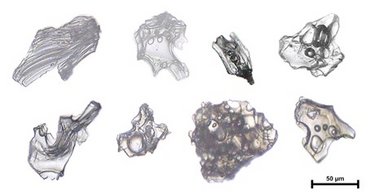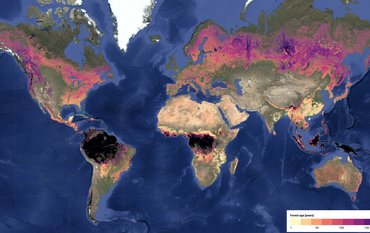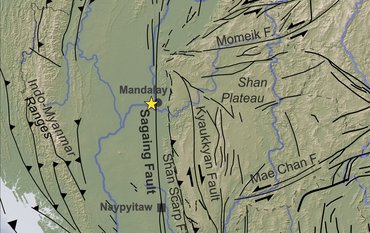Hennig investigates the transport behavior of the iodine isotope 129I in a billion-year-old ore deposit. The findings are relevant for safety assessments of high-level radioactive waste repositories.
Dr. Theresa Hennig was awarded one of three “Best Poster Awards”at the“19th Conference on the Migration of Actinides and Fission Products in the Geosphere (Migration’25).” Her poster presentation was titled “Simulation of iodine migration at Cigar Lake – A natural analog study.” The conference took place from September 21-26, 2025, in New Orleans (USA). This conference series focuses on the chemistry and migration behavior of actinides and fission products in the geosphere.
Research on Iodine Migration in the Cigar Lake Uranium Ore Deposit Awarded
The Cigar Lake uranium ore deposit in Canada is unique. Despite its high uranium content deep underground, no increased radioactivity is detectable at the surface. The ore body has been stable since its deposition 1.3 billion years ago. This is due to the prevailing geochemical conditions and the presence of a several-meter-thick clay layer surrounding the ore body. The geological conditions in Cigar Lake are similar to the multi-barrier system of current repository concepts for high-level radioactive waste. Therefore, the research site is of great scientific interest as a natural analog of current repository concepts.
Dr. Theresa Hennig investigated the transport processes of a specific iodine isotope (129I) within the uranium ore body using numerical simulations. The aim is to identify the processes that control the mobility of the iodine isotope at Cigar Lake on the spatial and temporal scales relevant to repository disposal. Due to its long half-life and high mobility, the isotope 129I belongs to the so-called dose-relevant radionuclides. These are the isotopes that contribute significantly to the total dose resulting from the release of radionuclides from a repository over a long period, and are therefore crucial for the safety assessment of a site. At the Cigar Lake site, the isotope 129I is produced by natural fission processes of the radioactive uranium isotopes 238U and 235U.
Dr. Hennig’s findings on iodine migration at Cigar Lake can support safety assessments of current repository systems. Natural analogs such as the Cigar Lake uranium ore deposit cover geological timescales (millions of years) and spatial scales (hundreds of meters).
About the Person
Dr. Theresa Hennig has been head of the “Geochemistry of Nuclear Waste Disposal” working group in Section 3.4 “Reactive Fluids and Geomaterials” since 2024. She had previously worked there as a postdoc since 2022. Before that, the trained geoecologist completed her doctoral thesis on uranium migration in Opalinuston at the University of Potsdam and GFZ. For this, she received the Friedrich-Robert-Helmert Prize from the Friends and Supporters of GFZ in 2022 and the Dissertation Prize of the Universitätsgesellschaft Potsdam e.V. in 2023. Her research focuses on hydrogeochemical modeling and reactive transport simulations, particularly in the context of radioactive waste disposal. From 2023-2025, she also served as a member of the GFZ’s internal Scientific Advisory Board. In Spring 2025, she received a Feodor Lynen Research Fellowship from the Alexander von Humboldt Foundation for a research stay at Lawrence Berkeley National Laboratory, where she is currently located.
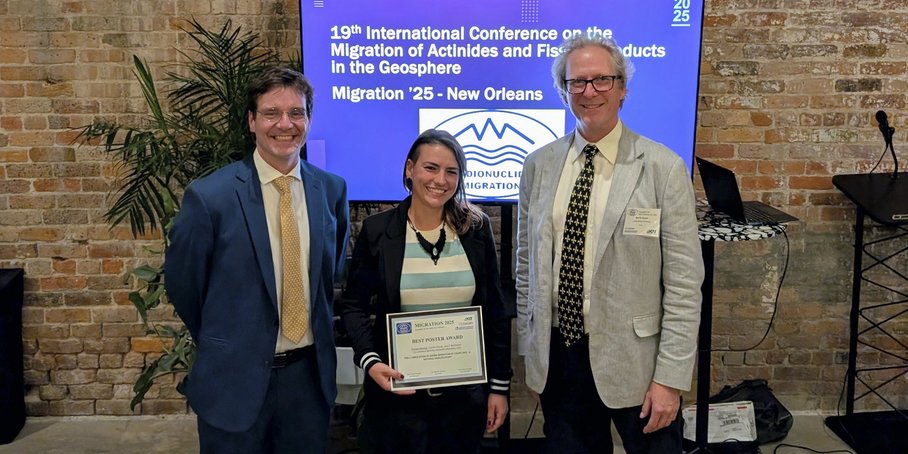
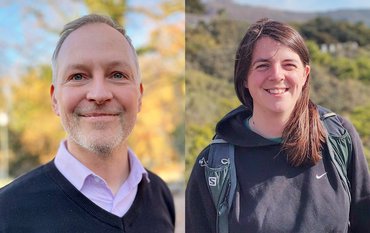
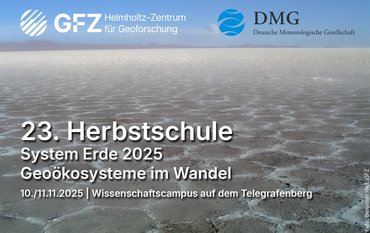
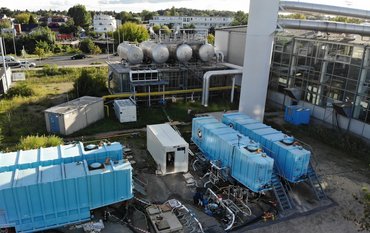
![[Translate to English:] Group photo with 8 people in a seminar room in front of a screen.](/fileadmin/_processed_/2/1/csm_20251114_News_EU-Water-Resilience-Exchange_Kreibich_c-xx_db4e5be690.jpeg)
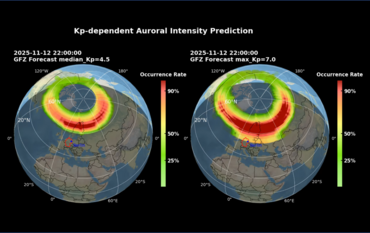
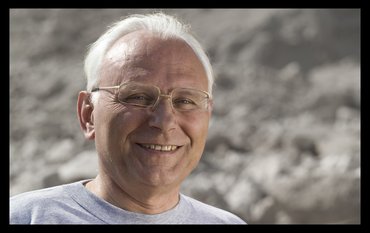
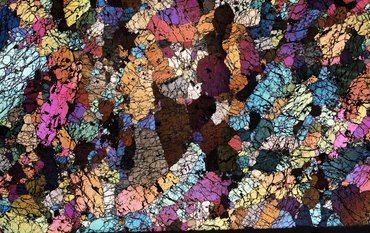
![[Translate to English:] Portrait photo, blurry background](/fileadmin/_processed_/a/2/csm_2025_11_06_JEAN_BRAUN_HE_Helmholtz_Portraits-23_2b5c35beee.jpeg)
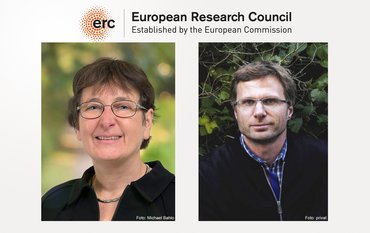
![[Translate to English:] Excerpt from a map of the Phlegraean Fields near Naples, Italy: Left: Red dots mark smartphone sensors, yellow triangles mark fixed seismological stations. Right: The area is coloured in shades of yellow, red and purple according to the amplification of seismic waves.](/fileadmin/_processed_/3/b/csm_20251028_PM_Smartphone-Earthquake_Slider_12500fa0e6.jpeg)

![[Translate to English:] Green background, portrait of Heidi Kreibich](/fileadmin/_processed_/1/1/csm_20251023_Kreibich-Heidi-2025-Vollformat-green_web_-c-Michael-Bahlo_72946c7fe4.jpeg)
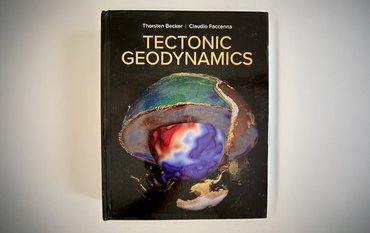
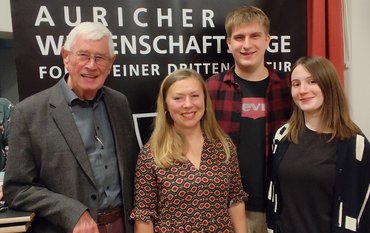
![[Translate to English:] semicircle depicting the future missions, graphics of the new satellites](/fileadmin/_processed_/3/d/csm_2025_10_08_Copernicus_Erweiterung_3f08a76a33.png)
![[Translate to English:] Portrait picture](/fileadmin/_processed_/f/4/csm_Magnall-Joseph-Kachel-c-privat_36e23315c3.jpeg)

